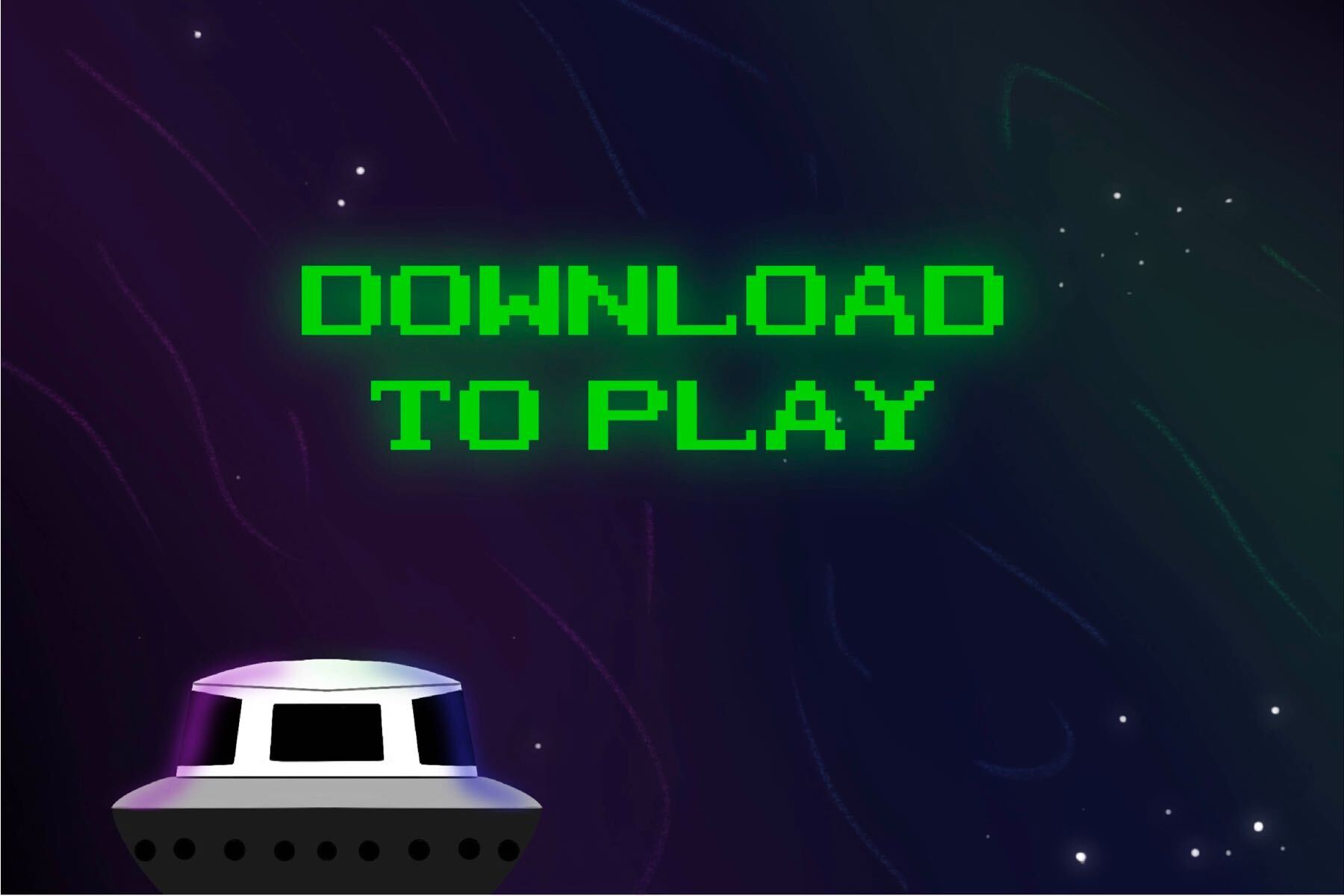At the end of last month, SpaceX and NASA brought national attention back to the final frontier with astronauts launching off U.S. soil for the first time in nearly a decade. Featuring new Hollywood-inspired spacesuits and a sleek livestream of the Falcon 9’s ascent to the International Space Station, the mission modernized the image of rocket launches and space travel. Now traversing the stars felt considerably more tangible than it had in recent memory. Unfortunately, unless you have several million dollars lying around or a few “Mission Impossible” films under your belt, affordable space travel will remain light-years away. Thankfully, technology has progressed in another way to help satiate some of that cosmic curiosity: video games — including indie games — which often focus on interactivity and exploration, naturally complement the setting of a vast, uncharted universe. Space-themed games have been a staple of the medium since “Asteroids,” and modern titles like “Mass Effect” and “Kerbal Space Program” have continued the space game trend, having acquired dozens of awards and dedicated fanbases.
Indie games have also experimented with the setting of space in new, innovative ways that many AAA titles simply don’t have the freedom to pursue. Whether you’re looking for a planet-hopping adventure or an educational glimpse at the cosmos, here are 3 indie games that take a unique approach to space:
1. X4: Foundations
With its emphasis on expansion and trade, the sandbox game “X4: Foundations” is one of the indie games perfect for fans of sci-fi franchises like “Star Trek” or “The Expanse.” The 2018 game is only the latest in a lineage of “X” titles from Egosoft, a German studio of about 20 employees, but the sheer scale and complexity of “X4” make it feel like a full AAA title.
In “X4,” you are given a ship and the not-so-modest task of building an interstellar empire. Acquiring resources for expansion can be accomplished with a number of methods: mining asteroids, trading with merchants, pirating or looting materials, among others. Ultimately, these actions will influence the political and economic makeup of the in-game universe, which is populated by factions that players can befriend or fight.
Many have compared “X4” to widely known titles like “Elite: Dangerous” or “Star Citizen,” where players similarly traverse space in search of wealth or uncharted worlds, acquiring new upgrades to their spacecraft as they progress through the game. However, while “X4” is frequently compared to the immersive, pseudo-realistic spaceflight mechanics of the aforementioned titles, it ultimately places emphasis on its trade and management mechanics instead of a detailed flight system.
By blending the large-scale faction politics of titles like “EVE Online” with the player-centric, “inside the cockpit” gameplay of “Elite,” “X4” makes for an intriguing perspective on scale. Players can build up awe-inspiring, gargantuan territories and still feel relatively small within the expanse of deep space.
“X4: Foundations” is available on Steam and GOG for $49.99.
2. Lifeline
A vastly different experience from “X4” can be found in “Lifeline,” a mobile game that continues to resonate with players five years after its initial release. While “X4” is all about exploration and expansion, “Lifeline” centers around caution and isolation. Developed by Three Minute Games (a team within the studio Big Fish that specializes in indie games) and written by Dave Justus, co-author of the “Fables: The Wolf Among Us” comics, the game has earned a cult following, a series of sequels and myriad imitators.
As a text adventure, “Lifeline” sets itself apart from the other indie games on this list by relying on its writing to illustrate its ever-evolving storyline. Players are tasked with safely guiding Taylor, an astronaut, away from a crash site and, hopefully, to safety. With “Lifeline” designed as a fictional messaging app, the central mechanic of the game revolves around picking which pre-written message should be sent to direct Taylor’s actions. The text adventure plays out in real-time, so Taylor may “reply” to a taxing demand like “climb the mountain” several hours after the message was “sent” by the player.
The scenario of “Lifeline” has often been compared to 2015’s “The Martian.” Justus does embed a similar charm into Taylor’s dialogue, just as author Andy Weir had done with his titular character, and the personability of “Lifeline” can make player mistakes feel devastating at times. It is unbearably easy to kill Taylor with a poor decision, and the suspense of every choice made in-game is heightened by its real-time waiting periods. This mixture of realistic “messaging” and the game’s text-only format not only strengthens the believability of “Lifeline,” it also perfectly complements its tone of uncertainty. The lack of visual stimuli can leave much to a player’s imagination, for better or for worse. Space is more than a passive backdrop in “Lifeline,” instead becoming the narrative’s primary obstacle in a fight for survival.
“Lifeline” can be purchased on the App Store or Google Play for $0.99.
3. Space Engine
Perhaps the SpaceX launch has you in a mood to play indie games where you learn rather than pretend. If so, “Space Engine,” a half-sandbox game, half-simulation, provides an engaging opportunity to better understand the cosmos. Developed by programmer/astronomer Vladimir Romanyuk, “Space Engine” features a procedurally generated universe constructed “the way it is thought to be by modern science.”
Devoid of quests and missions, “Space Engine” offers a rare chance for players to simply observe and explore their surroundings, uninterrupted. A player can pick out a star in the sky, travel to it and read through its specifications like mass, age or gravity. These specifications can be altered if a player wishes to experiment with the game’s countless celestial bodies.
In many ways, “Space Engine” functions as a next-level planetarium, providing an interactive element to an otherwise uninvolved form of observation. What is considerably impressive (on top of the fact that “Space Engine” was written by one person) is the game’s dedication to scientific accuracy and its inclusion of real-life locations, such as our own solar system. Entire databases have been created for the purpose of charting and logging each element of “Space Engine.”
Beyond the academic facets of “Space Engine,” the program also includes the ability to insert spaceships into the simulation, complete with their own interstellar flight physics. Players can reside on planet surfaces to enjoy the picturesque views of binary sunsets and multicolored horizons or create mods to add a personal touch to their private universe. Far from acting solely as a backdrop, if space was removed entirely from “Space Engine,” there would be no game to play.
“Space Engine” is available on Steam for $24.99, but older versions can be downloaded for free from the official website.

















